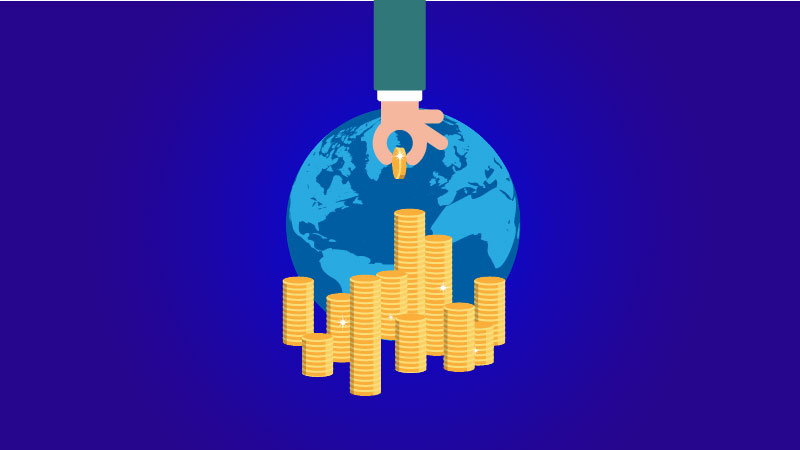Defined as a digital transformation movement that opens a new era in the financial world and pushes the limits of traditional financial systems, ‘tokenization of real world assets (RWA)’ offers exciting new possibilities to asset owners and investors. This innovative approach redefines global investment opportunities by representing a wide range of assets, from real estate to works of art, from stocks to commodities, with digital tokens. “What is tokenization of real world assets?” Before answering the question, let’s briefly look at what real world entities are and then focus on our main topic.
What Does Real World Existence Mean?

The term ‘real world entity’ refers to entities that exist in the world , whether concrete or abstract , and have a material counterpart. Concrete assets, as the name suggests, actually have tangible, visible and touchable properties. Buildings, land, works of art, automobiles, and precious metals such as gold or silver can be given as examples. Examples of intangible assets include stocks, bonds, intellectual property rights and similar assets. In short, real world assets can include anything that exists in the physical world and has economic value.
These assets can be bought, sold, rented or transferred based on the property rights they have. Therefore, real-world assets often constitute traditional asset classes and form the basis of economic activities. Therefore, they play an important role in areas such as asset management, investment and financial planning.
Now that we have explained what real-world assets mean, we can take a look at the details of the concept of tokenization of real-world assets, which is seen as a revolutionary innovation in owning and buying and selling these assets.
What is Tokenizing Real World Assets?
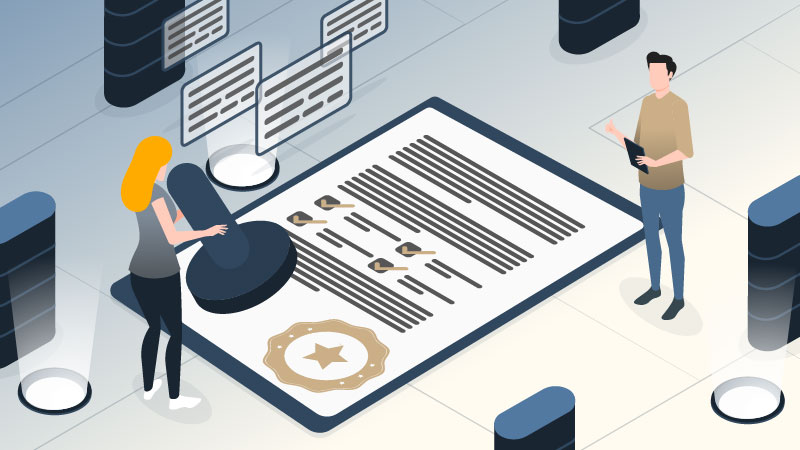
Tokenization of real-world assets means converting traditional asset classes (e.g. real estate stocks, art, precious metals) into digital assets and representing them on the blockchain. It is also seen that the expressions tokenize or tokenize are used instead of the concept of tokenization. This process involves digitally dividing and representing parts of an asset. Thus, ownership or share of this asset becomes transferable through tokens.
This tokenization process can make assets more liquid. For example, tokenizing real estate allows investors to invest even small amounts in that real estate, making investment opportunities more accessible to a wider audience. Additionally, tokenizing assets can facilitate access to global markets by bypassing traditional limitations.
However, there are also some challenges and risks in the tokenization process. In particular, issues such as regulatory compliance, taxation and asset valuation are some of the significant challenges faced by tokenization projects. Additionally, technical infrastructure and security issues should also be taken into account, because the security and protection of digital assets is important.
As a result, tokenization of real-world assets can transcend the boundaries of traditional financial systems, enabling access to a broader investor base and offering new opportunities for asset owners. However, to fully leverage the potential of this technology, regulatory compliance, technical security and other challenges must be studied and solutions found.
What Are the Advantages of Tokenizing Real World Assets?
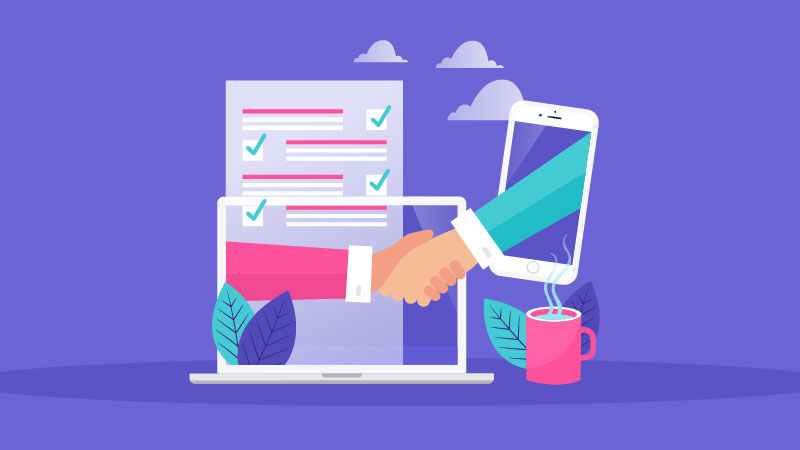
Tokenizing real-world assets brings with it a number of advantages. These advantages can basically be summarized as follows.
- Liquidity: Tokenization can make traditional asset classes more liquid. For example, tokenizing a real estate can make the ownership of this real estate available to more investors by dividing it into smaller pieces. This may make it possible for investors to buy and sell their assets more easily.
- Access: Tokenizing assets can make them globally accessible. This could allow investors to invest from anywhere in the world without being stuck by geographical restrictions.
- Cost: Asset tokenization can often be accomplished at lower costs than traditional financial transactions. Smart contracts and blockchain technology can reduce intermediaries and transaction costs.
- Property Democratization: Tokenization can open up asset ownership to a broader investor base. For example, tokenizing a work of art divides ownership of that work into smaller pieces and can enable more people to invest in the work of art.
- Tracking and Management: Blockchain technology can make tracking and managing assets more effective. This can provide better transparency and control to asset owners.
- Fast Transaction and Security: Blockchain-based tokenization transactions can be processed faster compared to traditional financial transactions. This can speed up asset trading processes and increase transaction reliability.
Example Use Scenarios in Tokenization of Real World Assets
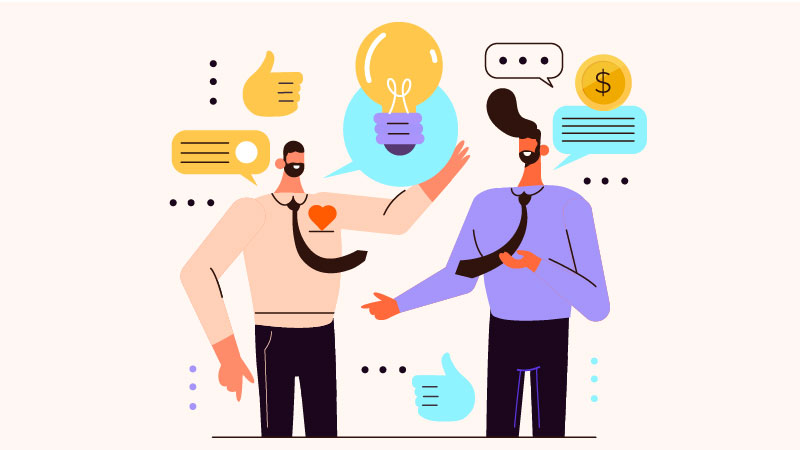
Tokenization of real-world assets can be used in many different areas. Among these, digital silver and digital gold are two of the most prominent and popular. The following examples of ways to tokenize real-world assets can be given.
- Precious Metals Trading Tokenization:
– A gold mining company decides to tokenize its gold reserves.
– Gold reserves can be converted into digital tokens and these tokens can be purchased by investors who want to invest in gold.
– Token holders affected by changes in gold prices can receive a share of the income from gold mining activities.
- Real Estate Ownership Tokenization:
– A company holds ownership rights to an apartment complex or commercial property and decides to tokenize that property.
– The property can be divided into a certain number of digital tokens and these tokens can be purchased by investors.
– Investors can share in the returns of real estate and benefit from the increase in value of the property.
- Art Investment Tokenization:
– An art gallery decides to tokenize a piece of art it owns that has a certain value.
– The artwork can be split into digital tokens and these tokens can be purchased by investors who want to own the artwork.
– The income from the sale of the artwork can be shared among token holders and benefit from the increase in value of the artwork.
These examples provide insight into the various uses of tokenizing real-world assets. Of course, these examples can be increased infinitely. Because there can be many different purposes for tokenizing real-world assets. Each area of use may contain different advantages and potential applications.
How Does Tokenization of Real World Assets Work?
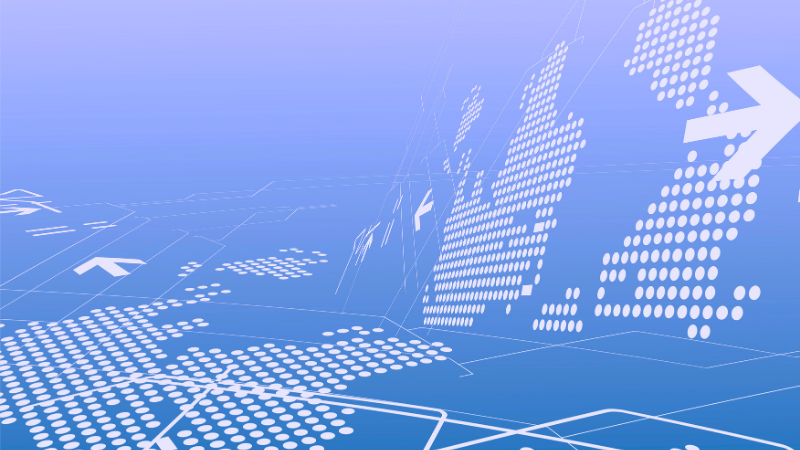
In order for real-world asset tokenization to work and operate, smart contracts , defined as automated contracts with conditions written in code, are used. These contracts are executed on a blockchain and automatically execute transactions when certain conditions are met.
The tokenization process begins with deciding on an asset representation model for how the asset will be represented on the blockchain. Fractional ownership, dividing the asset into smaller units, and gaining full ownership of the asset are common among these models. Once it is decided which model to proceed with, the asset is modeled as determined and the code is reviewed to ensure both technical and security compliance.
Once the asset is modeled and the code is reviewed, it is deployed on the blockchain. This involves creating a unique token for the asset and binding it to the relevant smart contract. The smart contract regulates the ownership, transfer and trading of asset tokens. These tokens can be backed by various types of assets, such as real estate, works of art or commodities, and comply with different token standards.
Digital Silver
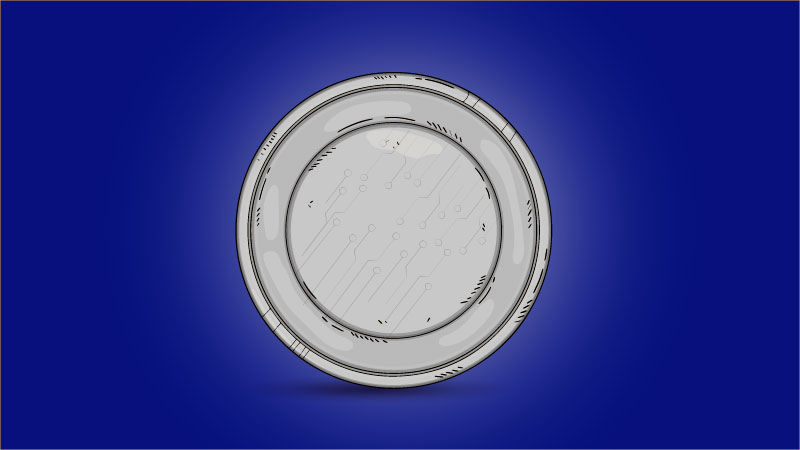
Digital silver can be defined as a type of cryptocurrency used on digital platforms instead of traditional silver mining and trading. Cryptocurrencies, known as digital silver, are types of digital assets created using blockchain technology. These assets may be based on physical silver or simply indexed to silver prices .
Digital silver can be offered as an alternative to traditional silver investments. The use of blockchain technology can make digital silver more accessible, transparent and secure. These types of digital assets provide investors with the opportunity to invest and trade in silver. Additionally, transactions can be made digitally without the need to transport or store physical silver. For more information on this topic, see ‘ What is XAGx Silver Token? What is it for? You can take a look at our article titled ‘.
How to Buy Digital Silver?
Purchasing digital silver, that is, tokenized silver, can be carried out through cryptocurrency exchanges. To do this, it is sufficient to have an account on these platforms. When purchasing digital silver, it is important to consider security and risks. Choosing a reliable and licensed cryptocurrency exchange is extremely important in ensuring the security of your investments. Anyone who wants to trade digital silver with ICRYPEX, which meets these definitions with many features, can quickly and easily buy and sell XAGX Silver Token at any time of the day.
Digital Gold

Digital gold is defined as a digital asset, namely cryptocurrency , developed as an alternative to traditional gold trading. Similar to traditional gold investments, digital gold is used as a store of value and investment vehicle. However, unlike other cryptocurrencies, digital gold is often created based on gold prices or physical gold .
This asset is built on blockchain technology. Blockchain ensures that all transactions are recorded transparently and securely. This way, past transactions can be revisited at any time. This increases the reliability of digital gold.
Digital gold offers various advantages to investors. First of all, transactions can be made digitally without the need to transport or store physical gold. This is also more practical and safe. Additionally, digital gold trading can provide access to people and regions that have some restrictions in accessing traditional financial markets.
How to Buy Digital Gold?
Purchasing digital gold, that is, tokenized gold, can be made through cryptocurrency exchanges. To do this, you just need to have an account on these platforms. When purchasing digital gold, it is important to consider security and risks. Choosing a reliable and licensed cryptocurrency exchange is vital to ensuring the security of your investments. Anyone who wants to trade digital gold with ICRYPEX, a platform that meets these criteria, can quickly and easily trade digital gold at any time.
